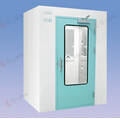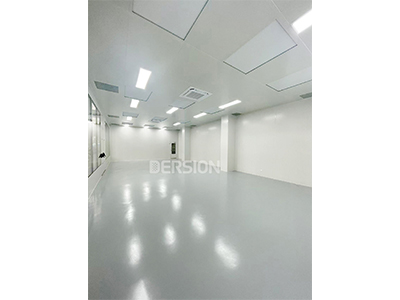When designing a modular cleanroom, it is first necessary to determine the area of the cleanroom that needs to be built, and then design the layout of the modular cleanroom based on spatial division. In terms of specific spatial division, spatial layout needs to be carried out according to the process flow and equipment usage requirements. The commonly used layout forms include straight through, L-shaped, U-shaped, and I-shaped. It should be noted that physical isolation should be used between different process flows to avoid cross contamination.
Secondly, the selection and configuration of equipment must be based on specific usage requirements. After determining the cleanliness level, it is necessary to determine the floor material and the number of FFUs on the top based on the required cleanliness level, or choose appropriate air conditioning equipment. Generally speaking, industries such as food and cosmetics have relatively low requirements for air cleanliness, while industries such as precision electronic components have higher requirements for air cleanliness, which need to be designed according to different products.
The selection of materials for the floor, walls, and ceiling of modular cleanrooms is also crucial. Choose floor tiles or coatings with high flatness, no lines, no dust, and wear resistance on the ground; The wall should be made of corrugated steel plates and dust-free color steel plates; The ceiling should be made of aluminum alloy or steel plate with high flatness, no lines, and no dust. Doors, windows, and ceilings are important components of a clean room, and their performance and quality directly affect cleanliness.
In summary, only by formulating detailed design specifications can we ensure that the quality and effectiveness of modular cleanrooms meet practical needs, and better provide stronger support and guarantee for the development of production, research and development, and testing.


